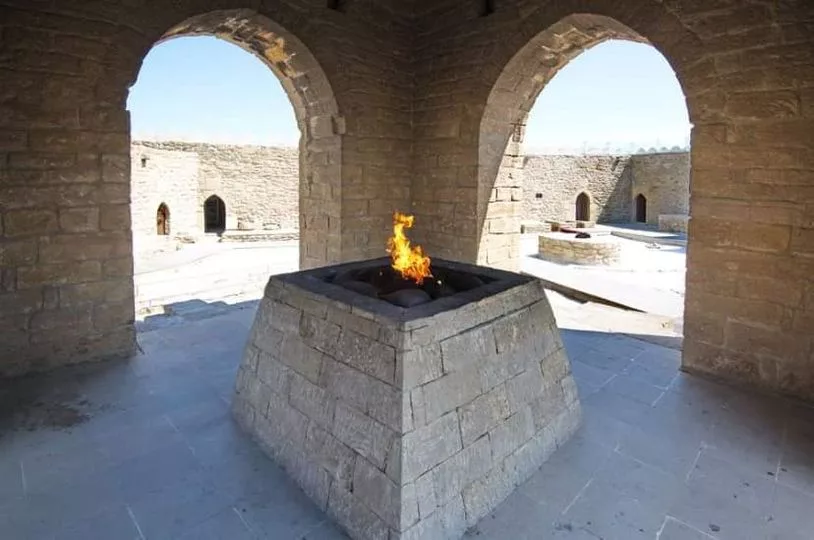
Fire Temples (Atashgahs), a sacred places of worship in ancient Persia, were constructed as early as Achaemenid Empire around 5th Century BC. Most renowned fire temple, Temple of Ahura Mazda, was built by Achaemenid king Darius I around 518 BC, in Pasargadae, present-day Iran.
These temples were dedicated to the Zoroastrian deity Ahura Mazda, and they served as centers for Zoroastrian rituals and ceremonies, particularly the veneration of fire as a symbol of purity and divinity.
Over time, tradition of fire temples spread throughout the Persian Empire and continued into subsequent dynasties, including Parthians and Sassanians. Sassanian Empire, in particular, saw the proliferation of fire temples across its vast territories, with notable examples in places like Naqsh-e Rostam and Takht-e Soleiman.
